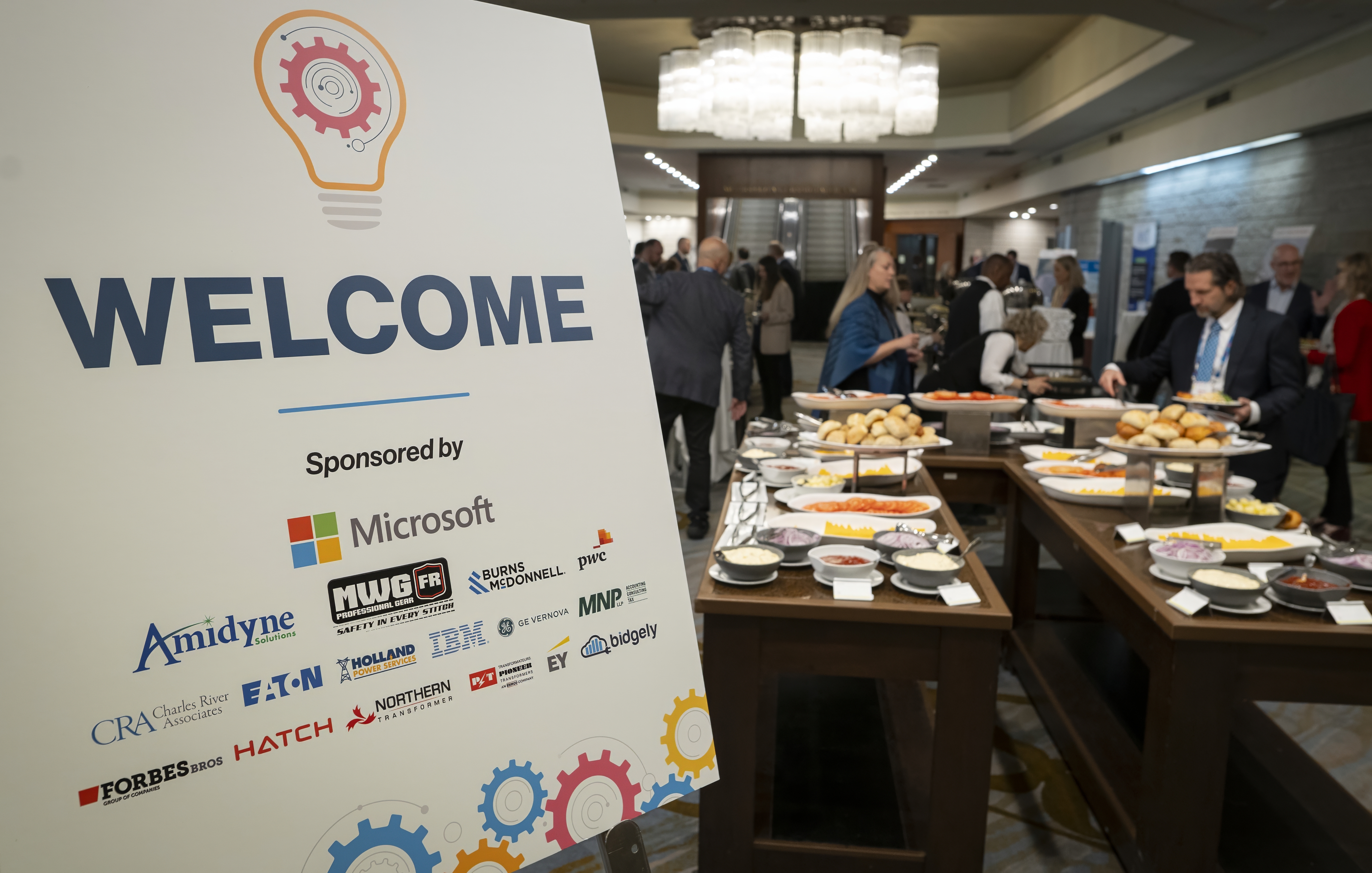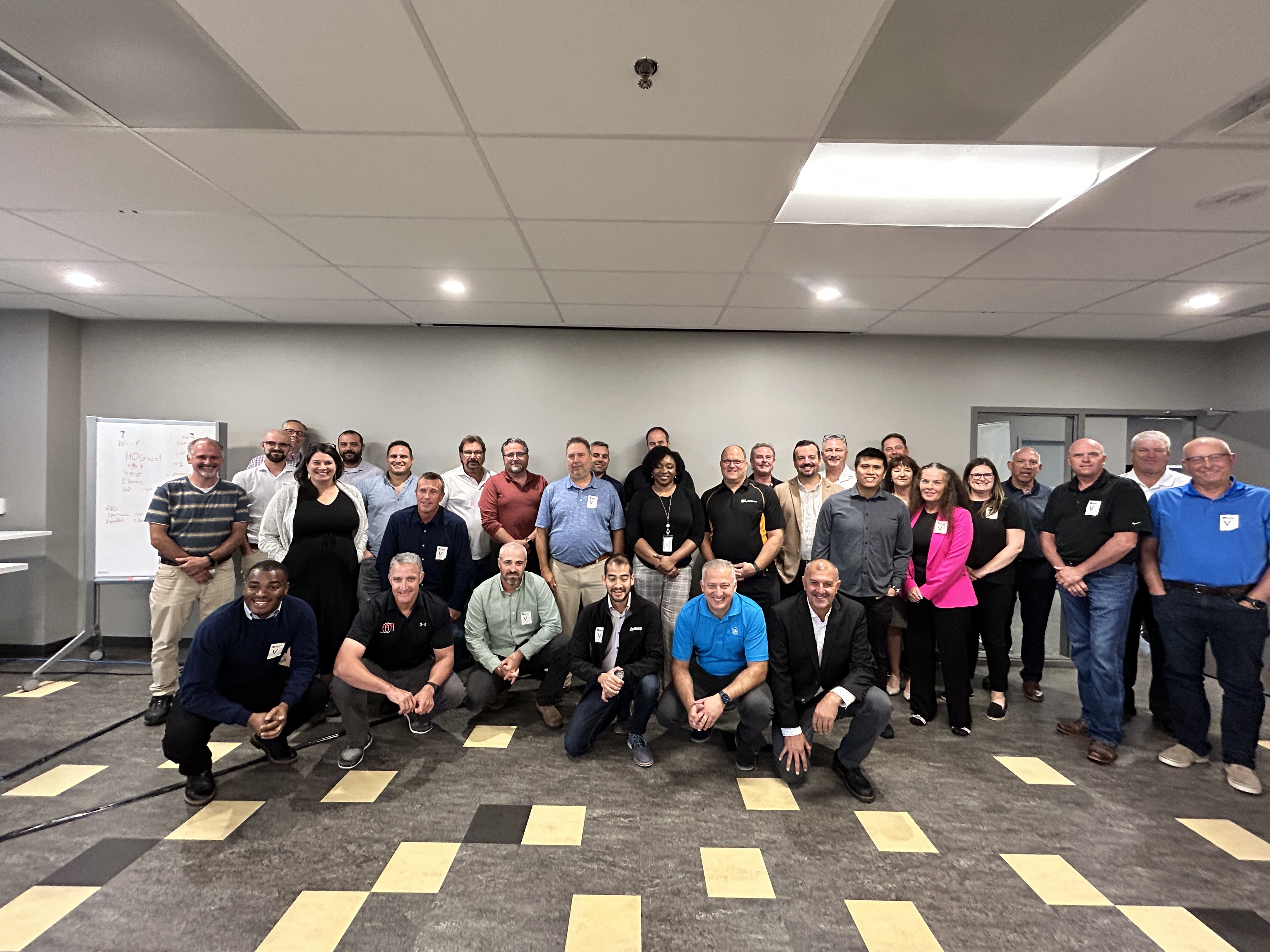
Issue 72 - December 2024
Meet the Corporate Partners
Electricity Canada’s Corporate Partner program is home to nearly 100 companies who provide services or solutions to all aspects of the electricity sector. The program is offered as a space where innovative thought leaders can connect with electricity leaders and showcase their expertise. Current Affairs sat down with Faran Mirza, Manager of the Corporate Partner program and events to learn more.
Hi Faran, thank you for joining us. Talk to us about the Corporate Partners – who are they and why do they make a difference to Electricity Canada and our membership?
Electricity Canada's Corporate Partners are suppliers and vendors that offer solutions to the electricity industry. Our partners are vital to our membership is because they bring a wealth of expertise and thought leadership and knowledge. They're working on research and innovations on a daily basis and they're providing innovative solutions which can help our members solve their day-to-day and long-term challenges.
What are the benefits of joining the program?
The benefit for our members is the opportunity to learn from the expertise of our partners. They can learn about the innovations and the research and the problems that our partners are solving with the products and services they are developing.
It also gives our partners the opportunity to connect with their clientele and potential future customers and build relationships with them. Electricity Canada is broken down into roughly 40 councils and committees and we facilitate matching our partners with the right group to share their solutions so they can segment their thought leadership and cater to each council or committee’s needs.
What kind of opportunities are available for Corporate Partners in 2025?
In the coming year, Corporate Partners will have the opportunity to attend a number of Electricity Canada events, starting with DistribuTech. It’s actually one of the biggest electricity events in the world! We host a big reception for Canadian delegates, which is always popular and give members and Corporate Partners a chance to meet face to face.
We host networking events with each of our major councils: Customer Council, Generation Council, Transmission Council and Distribution Council. At those events partners will get the chance to meet and mingle with the Executives.
With our Supply Chain Committee, we host an annual “speed dating” event, which is a facilitated meet and greet with members. Partners and members will pair up and chat for about 5 minutes and switch off to the next person. It’s a great way to maximize one on one time.
Many more events are added throughout the year and we always come up with spontaneous opportunities to get everyone together. Our committees will often be looking Corporate Partners to participate in their meetings for presentations or speaking engagements as a subject matter expert
What have been some of the highlights of the Corporate Partner program over the past couple of years?
The Corporate Partner program has experienced tremendous growth over the past five to six years. One of the big highlights has been aligning with our partners at our annual Powering Partnerships event. They have been vital to its overall growth and have supported the programming by sitting on panels, and moderating sessions. Those have been really key for us.
They've allowed us to run new events like Faces of the Industry last spring, which was such a success that we will be hosting it again in 2025!
Overall, it has been very positive, and we look forward to seeing the program grow in the coming years. We have about 90 + Corporate Partners on an annual basis, essentially doubling since 2018. The variety of Corporate Partners who are signing on and offering different expertise has been growing. As the electricity sector changes and the priorities of our members change, so we are growing to match that need with subject matter experts offering unique solutions.
What do you like the most about working with our Corporate Partners?
I think the best part is building relationships and learning about what each Corporate Partner does. There is so much being done in the industry that's new daily it is hard to keep up. Every day, I get to learn from our partners about some of the new innovations they're working on to solve our industries short term and long-term challenges which is really cool.
Finding ways to connect the partners to the right members that will take advantage and tap into their expertise is a good challenge, and it’s fun on a daily basis.
For more information on Electricity Canada’s Corporate Partner program, please contact info@electricity.ca.
Other Stories
- Newfoundland and Labrador Hydro receive Electricity Canada’s first ever Extraordinary Service award
- Electricity Canada presents the winners of the 2024 Lifesaving awards
- Electricity Canada honours members for excellence in reliability, standards, safety and sustainability practices
- BC Hydro Executive VP, Operations, Charlotte Mitha is awarded the 2024 Women in Electricity award
- Electricity Canada and EHRC present: Electricity Now




